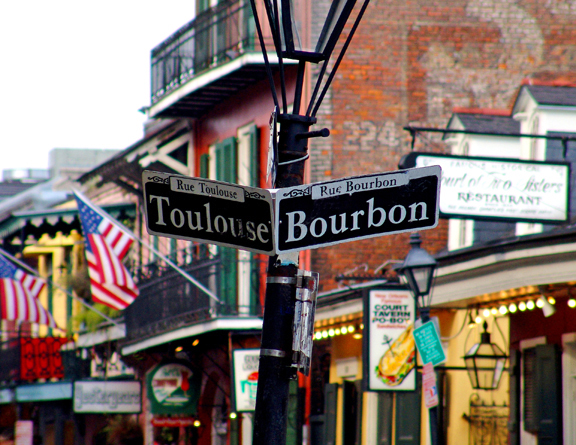New York Developers Eyeing Improved New Orleans Market
By Al Barbarino August 28, 2013 12:56 pm
reprintsNew Orleans’ commercial real estate scene is on the upswing as a handful of developers and investors from New York and elsewhere in the country plant a stake in its improved post-Katrina economic climate.

A report in Bloomberg took a closer look at firms investing heavily in New Orleans, including Domain, a New York-based firm that is developing a $200 million mixed-use project in New Orleans’s South Market District, amid the city’s “burgeoning medical and arts districts.”
“In the past 12 months, I’ve seen a real shift,” Matthew Schwartz, principal and co-founder of the firm, told the publication. “The level of interest from institutional investors and private equity is pretty significant. They used to look at me in bewilderment when I talked about this city, asking me, ‘Why New Orleans?’”
Eight years after Hurricane Katrina flooded the city, displacing hundreds of thousands, New Orleans has become one of the fastest-growing U.S. commercial real estate markets, with luxury housing, retail and office projects under way in a construction boom spurred by the inflow of $120.5 billion in federal money, Bloomberg noted.
Through May of this year, commercial real estate transactions in New Orleans totaled $424.7 million, up 41 percent from the $301.1 million in all of 2012, and it was the only U.S. market among 55 tracked by Real Capital Analytics to have surpassed last year’s total. And, renovations, additions and ground-up projects in the city, totaling $1.83 billion last year, broke records, surpassing the prior peak of $1.29 billion in 2008, according to data the publication cited from Reed Construction.
Tourism spending is also at a record, fueling hotel demand, the publication noted, citing a February statement by the New Orleans Mayor’s Office of Cultural Economy that said Louisiana is now the third-most-popular filming destination in the U.S., after California and New York. The city’s population is expanding – along with biotech and new media/tech industries – too, growing to an estimated 369,000 last year from 344,000 in 2010.
That said, problems continue, as much of the post-Katrina investments have been in the neighborhoods that suffered the least damage, some said. The federal poverty line also stood at 25.7 percent in 2011, compared with the U.S. average of 14.3 percent, according to data cited from the Census Bureau. And crime has gotten worse, up 9.2 percent from 2010 — including a 10 percent increase in murders during that period, and a 23 percent rise in thefts.


